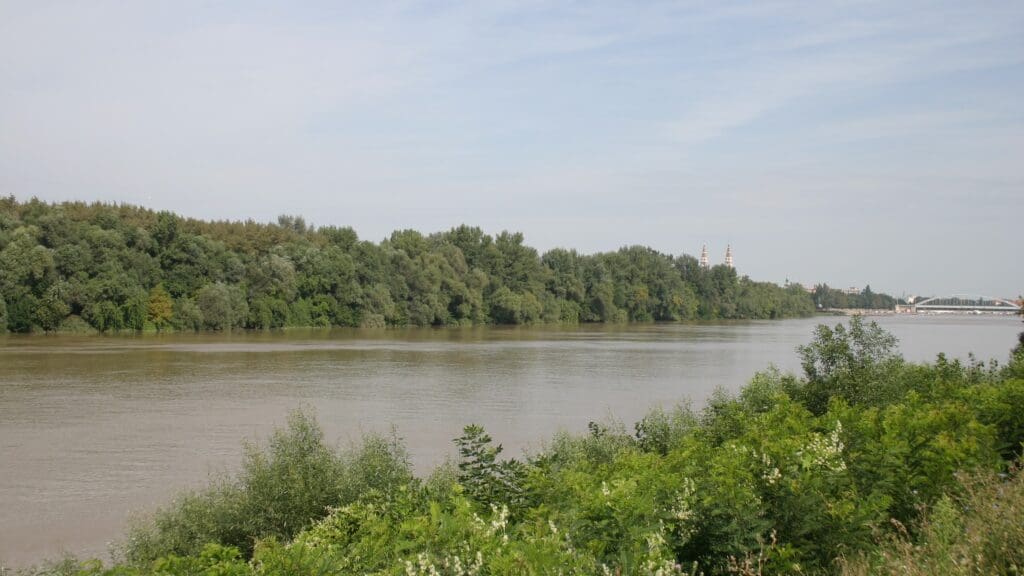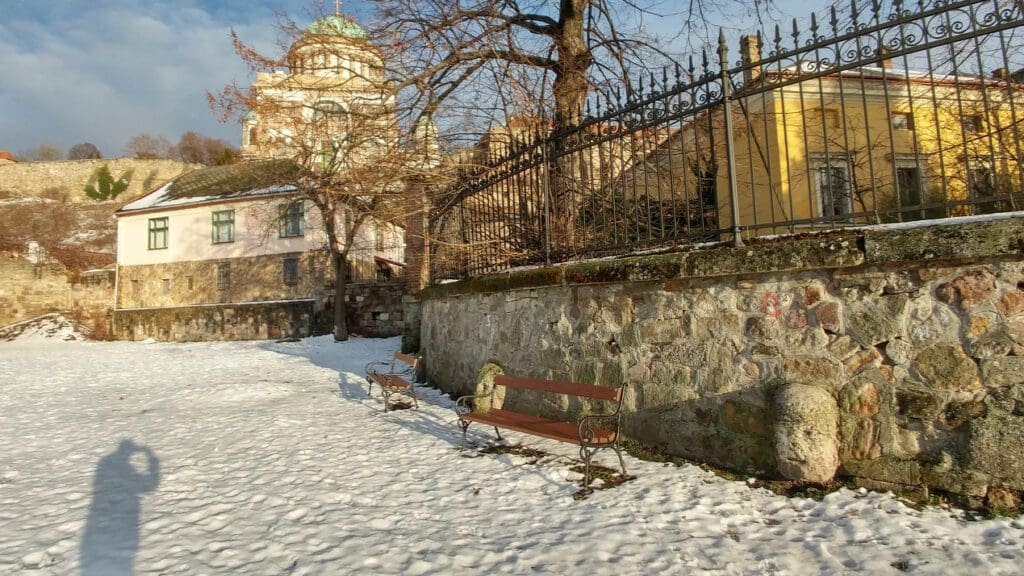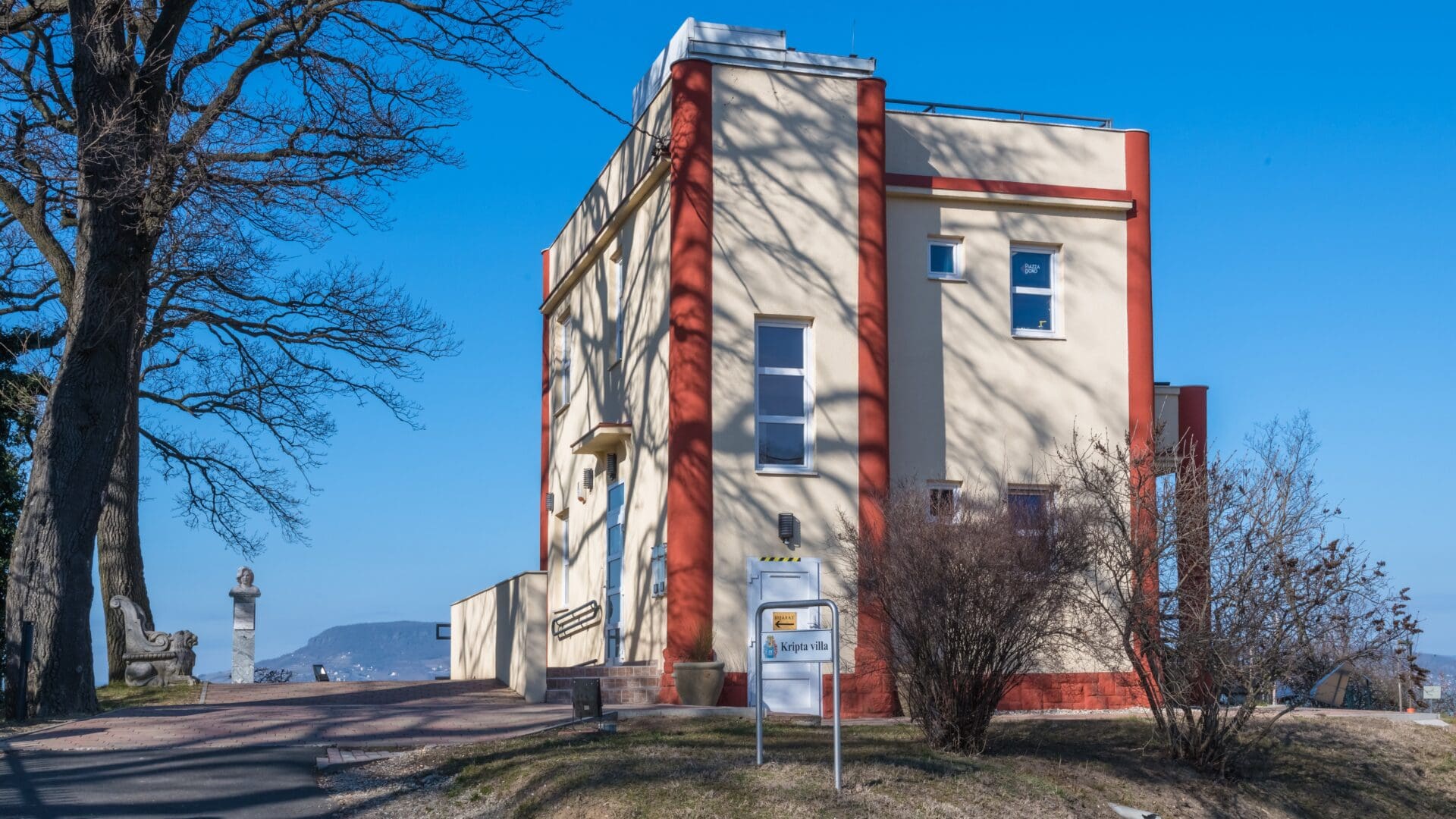There is little more thrilling than the unexplainable–stories about supernatural, mysterious forces and ghosts attract the human mind and invite for an adventure to discover the truth behind these legends. Hungary, much like many other countries, also has places that speak of tragic love, conspiracies and a wide range of incomprehensible phenomena. Beyond the obvious places to visit in the capital of Hungary, the country offers a series of strange and uncanny places where tourists can discover an enchanted, but still lesser-known face of Hungary.
Crypt Villa (Kriptavilla), the Mansion of Eternal Love
Arguably one of the most uncanny, yet still most beautiful places in Hungary is a small villa near Lake Balaton, with a truly unique love story behind its construction. It was commissioned by a young aristocrat, Ödön Abrudbányai-Rédiger. Ödön Abrudbányai-Rédiger was a Hungarian pharmacist who fell in love with Magdolna Anda or Magdus in 1915. The reputable young aristocrat’s love was soon reciprocated, and the couple decided to marry. Family members were notified of the plan, the preparations for the wedding ceremony started. But suddenly, due to an unknown illness, as little as three weeks before the ceremony Magdus unexpectedly died. In the following years Ödön lived alone, silently grieving his lost love. After the peace treaty of Trianon Ödön was forced to move from Transylvania to Hungary, bringing with himself not much else than his lost fiancé’s piano and personal items. Ödön was holding on to Magdus’ personal items not only to have himself surrounded by objects that reminded him of his lost lover, but also because he was planning to honour Magdus’s memory with a monument. After ten years of solitude, Ödön briefly broke his loneliness and married Ilona Sántha. The marriage did not lost for long: after two children and nine years the couple divorced. The straw that broke the camel’ back was probably Ödön’s decision to construct a memorial villa for his true love, Magdus. Ödön had been searching for a long time for an ideal place where he could have a resting place erected for Magdus when in the early 1940s he finally settled for the Sipos Hill in Fonyód, at Lake Balaton.
The Villa that has a stunning view of the lake was constructed in 1941. The top floor of the villa was a functioning flat suitable for a family to live there. According to the plans, the ground floor was dedicated to Magdus, with the rooms furnished with the dead fiancé’s belongings. In the basement, Ödön placed a tragic but beautiful sculpture that speaks of his eternal love—a marble bed with Ödön and Magdus sleeping next to each other, holding hands. What fate denied to the lovers, the cold stone sculptures make possible—a never ending, silent communion, sharing a bed, dreaming about love, family and a future together.
Boszorkánysziget, or the Witch Island

There are 124 medieval witch trials known to have been held in Hungary. Half of these happened in the city of Szeged. The accused and then tortured ‘witches’ were usually executed on a small island on the Tisza River. The island known as Witch Island is believed to be haunted by dead spirits even today. More specifically, superstition has it that the island is haunted by six male and six female witches. These so-called witches were burnt on a dark evening on 23 July 1728. The victims were in fact herbalists and healers who were brought to trial on witchcraft charges. The six innocent people were burnt at the stake as scapegoats for the famines that the region experienced in 1728, as the hungry and desperate population attributed their misfortune to evil forces. One of the victims was an 82-year-old former judge of the city, Dániel Rózsa. After the execution, villagers reported to have heard voices screaming and shouting from the woods where the stakes had stood.
Healing Stone Heads of Esztergom
Esztergom is home to the stunning Basilica. But for some, even more interesting than the cathedral are the three stone heads in the adjacent park, believed to possess healing power. The stone heads attract attention not only due to their eroded faces, but also because of the numerous stories of people who claim to have been healed by their power. The heads are allegedly particularly good for healing insomnia, and also have the ability to fill visitors with mystical energy.

The stone heads were originally part of the exterior sculptures of the Esztergom Basilica. The original nine statues used to depict angels, Saint Stephen, Saint Ladislas and the four Evangelists. As the figures were not carved from a lasting material, however, they were soon replaced. Some of the removed sculptures were taken to the Basilica’s vault, while others to the park. By now, the faces of the statues have been eroded so much that it is impossible to tell whom they depicted in their heyday, but it is believed that it was three of the four Evangelists.
The Mummy of the Széchenyi Mausoleum
The Széchenyi castle in Nagycenk is one of the most beautiful castles in Hungary. Not far from the main building there is a mausoleum where 47 members of the distinguished Széchenyi family are buried. Part of the great Hungarian statesman, István Széchenyi’s skull, detached when he committed suicide with a pistol, is also exhibited here in a small chest. Széchenyi died at the Döbling mental asylum in Austria on 8 April 1860, and his body arrived at the train station near Nagycenk a couple of days later. Peasants who used to work on his estate carried his coffin on their shoulders for over 12 kilometres to the castle out of respect. The enormous reverence people had for Széchenyi is demonstrated by the fact that in the three days following his funeral, over 50 thousand people paid their respects at his grave.
Széchenyi Mauzóleum, Nagycenk
Uploaded by Baranyine Ildikó on 2020-02-24.
The reputation of the mausoleum as being haunted is not linked to István Széchenyi, however, but to the allegedly poisoned Count Pál Széchenyi who lived a century before the Greatest Hungarian. The count was the Archbishop of Kalocsa who led peace talks between Francis II Rákóczi and the Habsburg court in the early 18th century, at the time of the Rákóczi freedom fight. The archbishop was believed to have been poisoned in retaliation for his peace-making efforts by opponents of Habsburg–Hungarian reconciliation. (This belief has been disproved by CT and X-ray scans carried out on the body by Semmelweis University researchers.) Today, Pál Széchenyi’s mummified body is exhibited in a glass coffin in the mausoleum.








